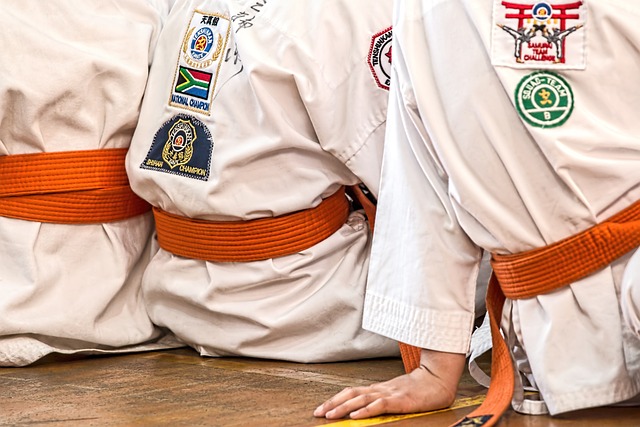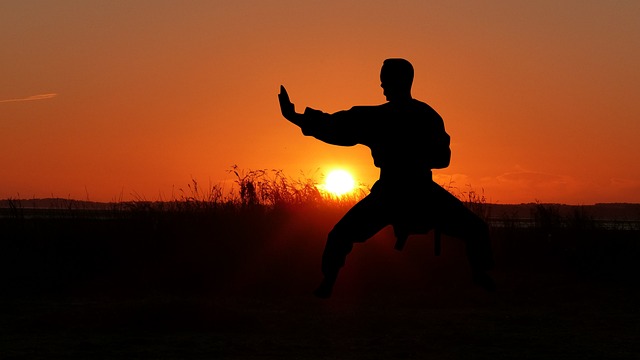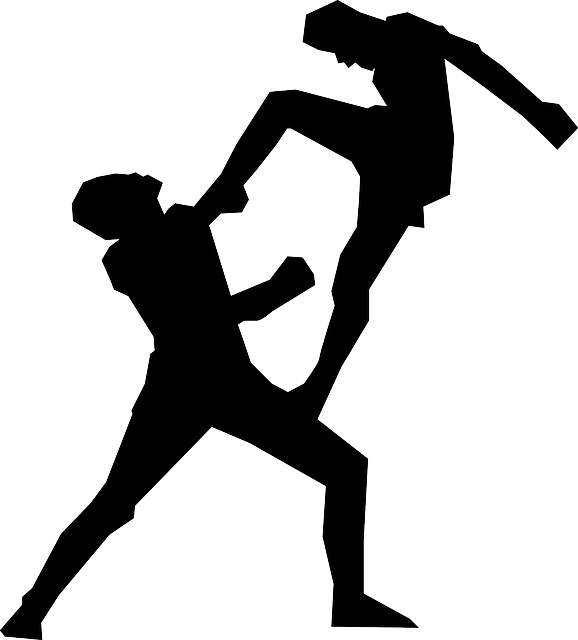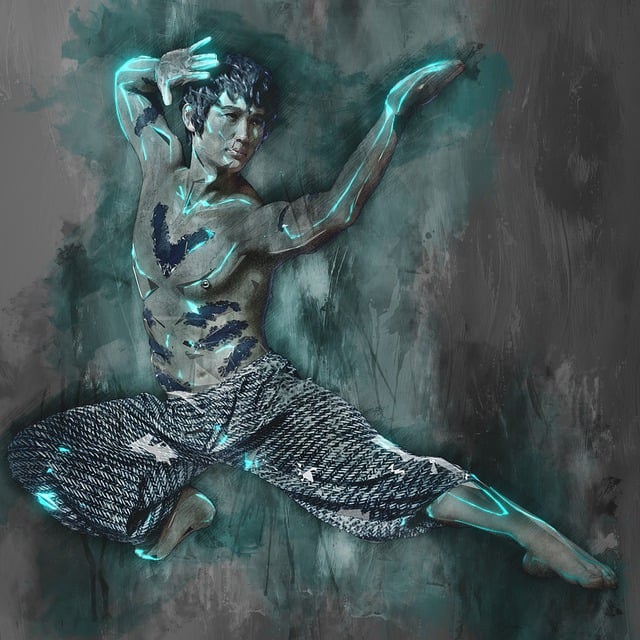The traditional karate outfit, known as keikogi or dogi, is a key element for practitioners, serving as both a performance and respectful attire during rigorous training. This uniform, typically made from sturdy cotton, includes a jacket with a waist belt and often an obi for additional security. While the hakama is optional, it offers enhanced movement and is commonly used in other disciplines like kendo and iaido. The white belt that adorns the karate practitioner's gi not only indicates their rank but also honors the martial art's cultural heritage and its authentic practice. Historically, the karate outfit has evolved from simple cotton garments worn by Okinawan martial artists to the globally recognized standardized white training attire, symbolizing discipline and respect within the karate community. When choosing a gi for training, it's crucial to pick one that balances protection with flexibility, allowing for safe execution of techniques while supporting the practitioner's range of motion. Additionally, protective gear such as hand, shin, and mouthguards should be considered for added safety during contact drills and sparring, ensuring both injury prevention and an enhanced training experience.
When stepping onto the karate mat, the attire donned by practitioners signals a blend of tradition and purpose. Often referred to as a karate gi or do-gi, this garment is central to the practice, serving both functional and symbolic roles. This article delves into the essence of karate attire, tracing its evolution from humble beginnings to its present form, and guiding you through the selection process for a suit that meets the demands of protection and performance. Understanding what a karate outfit is called and its significance will deepen your appreciation for this martial art’s rich history and its impact on modern practice.
- Unraveling the Essentials: What Comprises a Traditional Karate Outfit
- The Evolution of Karate Attire: From Gies to Gi
- Selecting Your Karate Gear: Factors to Consider for Adequate Protection and Performance
Unraveling the Essentials: What Comprises a Traditional Karate Outfit

A traditional karate outfit, commonly known as a “keikogi” or “dogi,” is a fundamental component for any practitioner engaging in this martial art. This garment is designed to facilitate movement while providing durability and comfort during rigorous training sessions. The keikogi typically consists of a jacket and pants made from heavy cotton fabric, offering both breathability and a certain level of protection against the impact of strikes and throws. The jacket, or “uwagi,” features a belt at the waist, which is traditionally tied with a square knot known as “migata musubi.” Practitioners often wear a belt, or “obi,” around the obi to secure the knot during practice. The pants, referred to as “hakama” in some styles of karate, are optional and provide an additional layer of movement support; they are more commonly used in traditional Japanese martial arts, including kendo and iaido. The keikogi, when worn with a belt that signifies the practitioner’s rank, becomes a symbol of respect and discipline within the dojo. Understanding the composition and purpose of this traditional karate outfit is crucial for anyone interested in authentic martial arts practice. It not only sets the wearer up for optimal training but also embodies the rich history and cultural significance of karate.
The Evolution of Karate Attire: From Gies to Gi

The terminology for traditional karate attire has evolved over time, with the garment commonly known as a “gi” or “keikogi” in Japanese. This standardized training outfit is a far cry from the original garments worn by Okinawan martial artists centuries ago. Historically, practitioners began with simpler garments known as “gies,” which were functional cotton pants and jackets. These early gies were not specifically designed for martial arts but were adapted for use in practice, allowing for ease of movement and durability during training sessions. As karate’s popularity spread beyond its origins, the design of the attire underwent a standardization process. This led to the modern gi, which typically consists of a white jacket and trousers, sometimes with black belts, designed to facilitate both the comfort and the formality associated with the discipline. The evolution from gies to gi reflects not only the transformation in the cultural perception of karate but also the practical adaptations necessary for effective training. Today, the karate outfit called a gi is an immediately recognizable symbol of the sport, worn by practitioners worldwide during practice and competition. It signifies respect for the tradition and discipline that karate embodies.
Selecting Your Karate Gear: Factors to Consider for Adequate Protection and Performance

When stepping into the realm of martial arts, selecting the appropriate karate outfit, known as a gi, is crucial for both protection and performance. The gi should not only provide the necessary support and flexibility to execute techniques effectively but also offer adequate padding in key areas to safeguard against injury during practice or competition. A well-fitted gi is essential for maintaining the range of motion required for various karate moves while ensuring that the fabric is durable enough to withstand the rigors of training. Additionally, consider a gi made from high-quality cotton or a blend that allows for breathability and comfort throughout intense sessions. The jacket and trousers should be tailored in such a way as to minimize bunching or restriction, enabling you to move fluidly and respond swiftly during sparring or kata performance. Furthermore, the gi’s weight can impact your movements; a medium-weight option often strikes a balance between durability and agility. Remember to select a color that aligns with your dojo’s traditions or competition requirements, typically white for many karate disciplines.
Investing in additional protective gear is also an important factor to consider. Depending on the style of karate you practice and the intensity of your training, accessories such as hand protectors, shin guards, and mouthguards can enhance safety and provide an extra layer of defense against impact injuries. These protective elements are designed to fit comfortably under or over the gi, ensuring they do not hinder your technique while offering the necessary support during contact exercises or sparring. Choosing gear that aligns with your specific needs will not only help in preventing accidents but also allow you to train with greater focus and confidence.
In wrapping up our exploration of the traditional attire in karate, it’s clear that what is commonly referred to as a “karate gi” is the quintessential garment donned by practitioners. This article has delved into the composition and significance of this uniform, tracing its evolution from the original functional attire known as a ‘keikogi’ to the standardized ‘gi’ we recognize today. When selecting your karate outfit, considering both protection and performance is key for optimal training. Whether you are a novice or an experienced martial artist, understanding the purpose and history behind your karate gi enhances not only your practice but also your appreciation for this ancient art.
